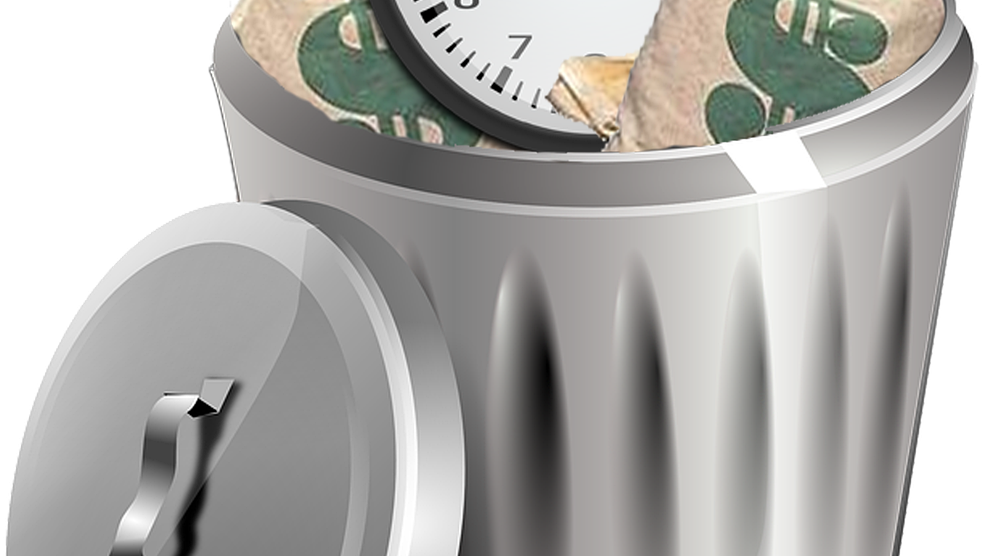Lean Process thinking prioritizes eradicating and reducing waste compilation. Despite the “lean” approach adopted by major companies, some standard “waste” practices persist due to their “obvious nature.” The nature that’s deeply engraved in human and organizational practices is stubborn until taken a strict approach.
What is Waste?
Anything that requires resources/time or effort but doesn’t yield relevant results in performance or revenue incurrence is termed “Waste.”
Ultimately, the “waste reduction” procedure is designed and guided to increase team productivity and results.
However, now that Lean software development is the forefather for agile, we can adopt these seven waste reduction principles on software engineering and development to yield effective products and services, reduce costs, and faster product time to market.
1. Partially Done Work
If the previous work is never restarted then that effort was wasteful.
Any work until finished/completed doesn’t add to the customer’s value proposition; thus, it wastes time and challenges maintaining the code if put on hold.
A contemporary example is when a client requires modification or extra features on a product. The business is committed to finishing them urgently; the development team must stop the ongoing work and act on the requirements. On the same page, if the previous work never gets restarted, it has been a waste of effort.
or
Uncoded documentation: The requirements are detailed thoroughly yet never get implemented.
How to reduce this waste?
- The focus should be on ” finishing” and not just “starting” a project.
- Reduce work in progress tenures.
- Cut off waiting for the detailed specification on every requirement until the team is ready to implement the efforts (it won’t be a lost cause then).
2. Extra Processes
Any added process or unread documentation that doesn’t convey practical value and unnecessarily prolongs the product market timing or accomplishment is a waste.
However, business policies often mandate such documents, with considerable paperwork yet never read. Those efforts are extravagant.
Typical examples:
- Unnecessary detailing of documentation.
- Additional management or planning without execution.
How to reduce it?
Organizations can differentiate between what’s a lost cause/effort and what brings value to the table, the focus should be on producing meaningful results and channel efforts of doing more “quality” work by limiting the “quantity” work.
3. Extra Features
Any feature or low-value features that are added for/by the customer but not asked for/don’t contribute to the revenue increase is a waste of effort.
Businesses make this development error when they add features that won’t be much utilized or exercised; this new feature indeed sits idle and increases the application’s intricacy.
The Software 80/20 rule plays a significant role- 80% of users only utilize 20% of its features. Therefore the focus should be on making those 20% features top-notch to retain the existing users.
Additional codes have their downsides:
- Increases application’s complexity.
- Can make a potential application crash point.
- Requires unnecessary after-effort in tracking and maintenance through the product life cycle.
How to reduce this waste?
Focus on iterative development- which means during the initial product release, build robust primary features which define your application’s USP.
Focus on making it functional and validate learning the product’s continued advancement. Furthermore, keep building appropriate features based on your market analysis, consumer behavior, and feedback.
4. Task Switching
Assigning people to multiple tasks when they aren’t comfortable with it and hinders their existing process can take a massive amount of their days. The most efficient way of finishing a specific task or two is to finish one at a time.
While switching between tasks, there’s a small-time cost to close on the existing one and get momentum on the other one, this is called a context switch, and if you expect constant transitioning from one to another, these content switches accumulate that delays the “result” or “delivery time.”
How to reduce it?
Simple-One thing at a time.
- Reduce content switching.
- Minimize interruptions or distractions.
- Postpone the unimportant ones.
- Allocate resources as one project at a time.
5. Waiting/Delays
Approval dependencies should be timed primarily during the product roadmap; if a specific time interval isn’t allocated, be ready for delayed replies and feedback. Delays also refrain the consumer from realizing the product’s actual value. But, as developers or designers, you’ve to wait for approval on the work done; thus, you cannot avoid the time-lapse altogether.
What can you do to reduce this?
- Pick/assign something while waiting for existing feedback.
- Allocate time to input and review.
- Consider quick calls, face to face conversations rather than emailing the changes.
- Regular feedback.
6. Motion
If development or research teams have been scattered with Information acquired and didn’t mark/label them appropriately, it can take an eternity to haze out the confusion and drop-in. If information is misplaced each time a deliverable is handed off; it will hamper results drastically.
How to reduce it?
- Label assignments or resources acquired.
- Reduce feedback timings.
- Face-to-face collaborations.
7. Defect
Amount of waste caused by defect = (Impact of the defect) x (Time it goes undetected)
Due to its complexity, software development makes inevitable defects, but the problem arises when they’re prolonged in execution and fixation or the cost incurred in fixation or re-work impact. Additionally, major code errors and bugs can potentially affect and hinder the entire product lifecycle and leave it vulnerable to security threats, making millions of revenue loss.
What can you do to reduce this?
- Immediate testing.
- Constant integration.
- Product testing and released ASAP.





